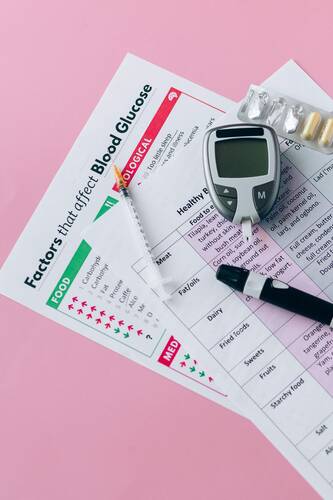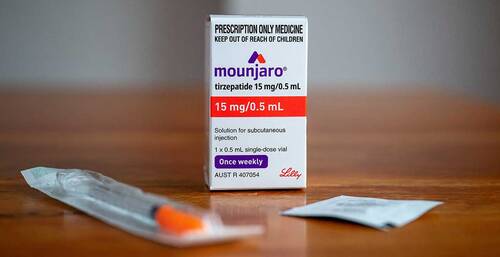Tirzepatide is an innovative medication recently making waves in the treatment of type 2 diabetes and obesity. Known by its brand names, Mounjaro and Zepbound, this medication is a dual glucose-dependent insulinotropic polypeptide (GIP) and glucagon-like peptide-1 (GLP-1) receptor agonist.
While its efficacy in managing blood glucose levels and supporting weight loss is noteworthy, it’s crucial for patients and healthcare providers to fully understand the potential side effects associated with tirzepatide.
This article delves into the detailed aspects of
tirzepatide side effects, providing key insights for those considering this medication.

What is Tirzepatide?
Tirzepatide belongs to a new class of medications designed to manage blood sugar in adults with type 2 diabetes. It works by mimicking the action of two incretin hormones—
GIP and GLP-1—which help regulate insulin secretion, slow down gastric emptying, and reduce appetite.
These combined effects make tirzepatide particularly effective for controlling blood sugar levels and promoting weight loss, making it a dual-action treatment option.
(more…)


